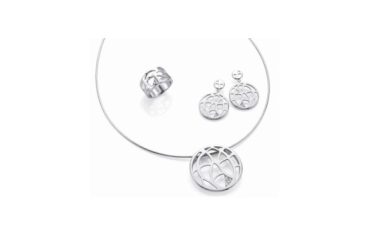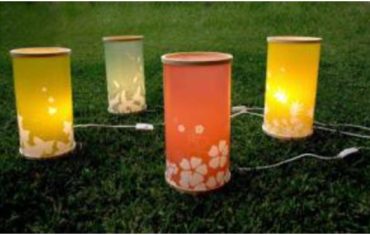Aussie shoppers are ready to splash the cash with more than $13 billion being predicted to be spent in the days before Christmas, with $6.7 million just on gifts of which one third is spent on presents for children, according to research by Fox Symes.
NRA CEO, Dominique Lamb, says that the retail trade is set to ramp up as we head into the final straight before Christmas.
“The days leading up to Christmas are incredibly busy ones for all parts of the retail sector, with shoppers descending on stores for everything from purchasing last-minute presents to picking out what to eat with the family on Christmas Day itself,” she says.
“More than one-third of sales during the Christmas trade period will occur in the final ten days before Santa rides his sleigh into town, so you can expect to see retail stores across the country packed to the rafters with shoppers.”
Indeed, retailers are still upbeat about the Christmas trading period after a reasonably good year so far, both in terms of sales and profits.

However, according to Deloitte Access Economics’ latest quarterly retail forecast, this confidence might be misplaced.
“While 2018 has been pretty good for retailers, both in terms of sales and profits, it’s also been yet another year where spending growth has exceeded income growth,” says Deloitte Access Economics partner and Retail Forecasts principal author, David Rumbens.
“This is evidenced by the household savings rate falling sharply. For some consumers, it’s meant more spending on the credit card, for some it’s redrawing equity, and for others it’s putting less away for a rainy day. That’s been fine while wealth has been increasing. But with Sydney and Melbourne house prices now falling, consumers are running on empty and there will be some tricky transitions for next year.”
With the housing market in a downswing, we are moving home less often, and soon there will be fewer new homes built. So there is less excuse to upgrade consumer durables.
“We expect consumer spending to swing towards food, clothing, smaller items and services and away from big ticket spending. That might even out across the retail sector but there will be individual winners and losers,” Rumbens says.







